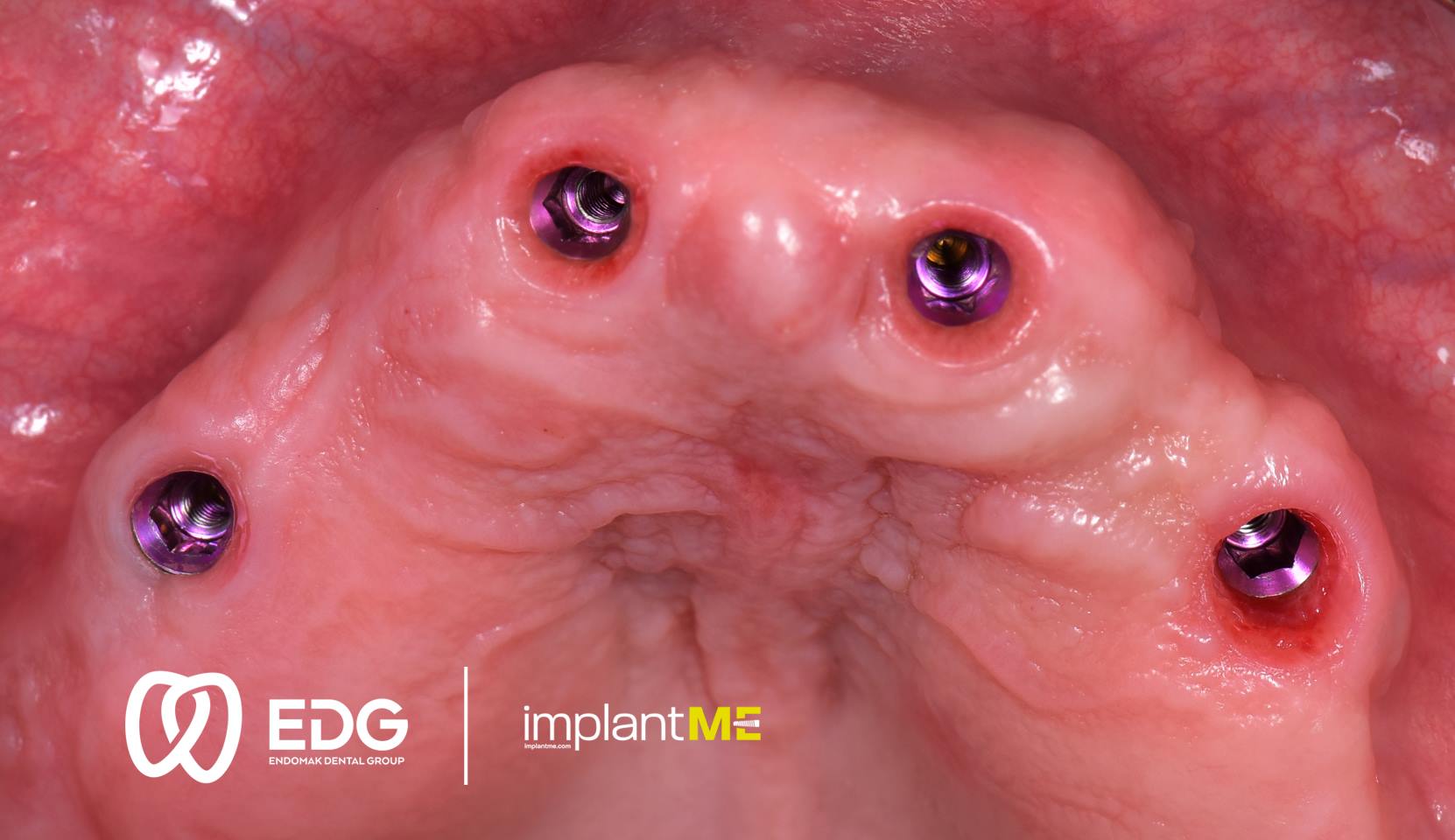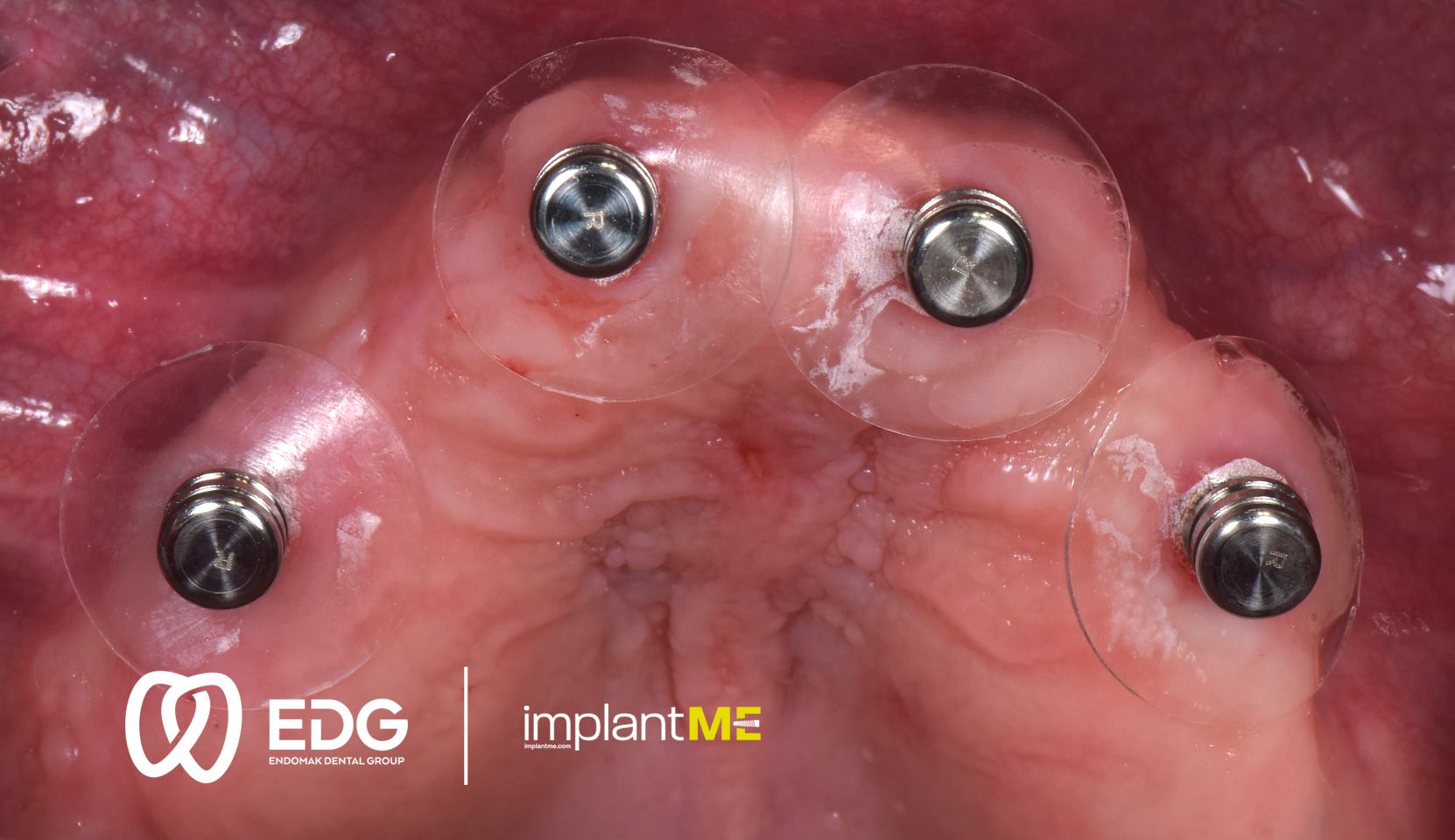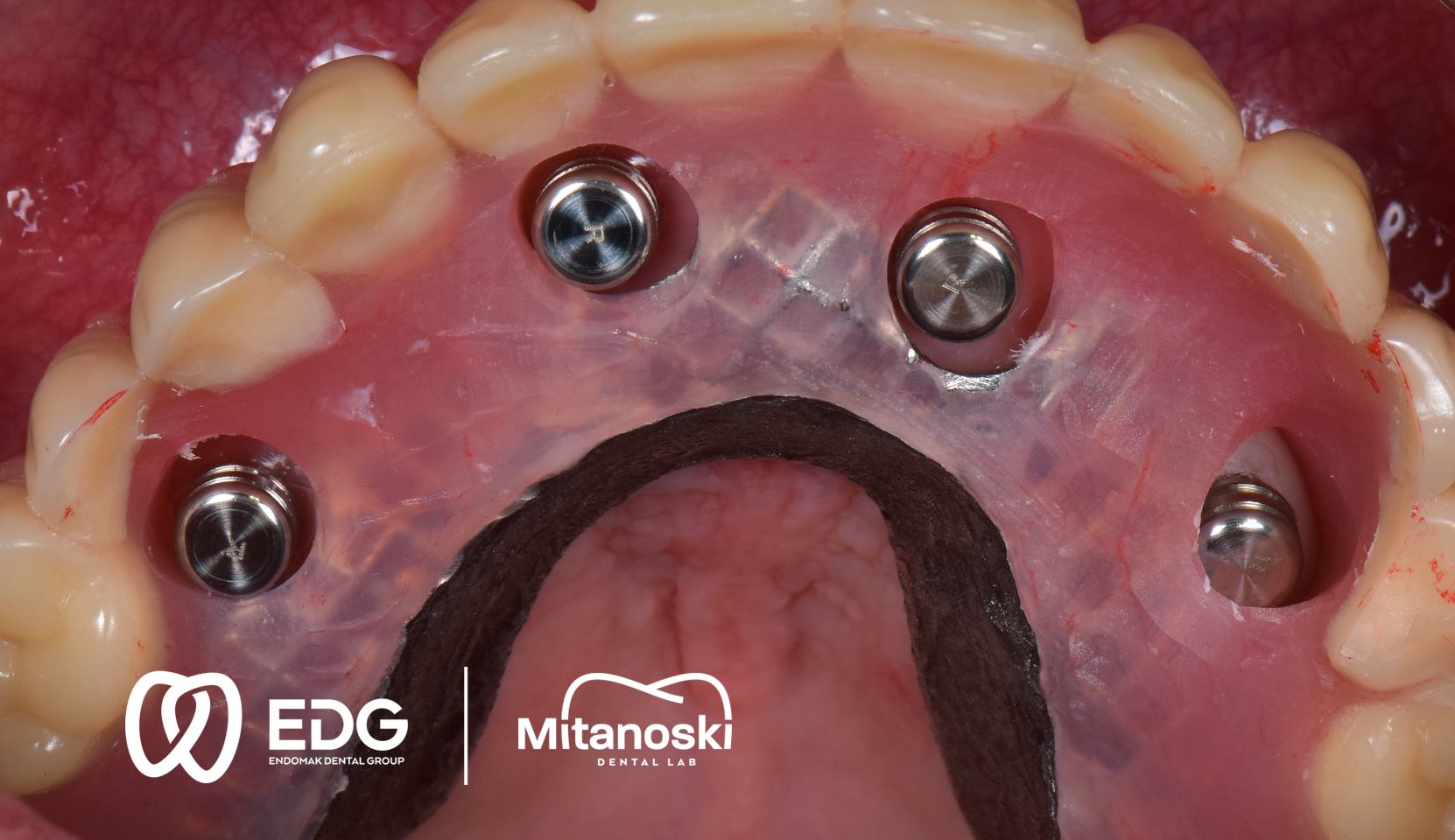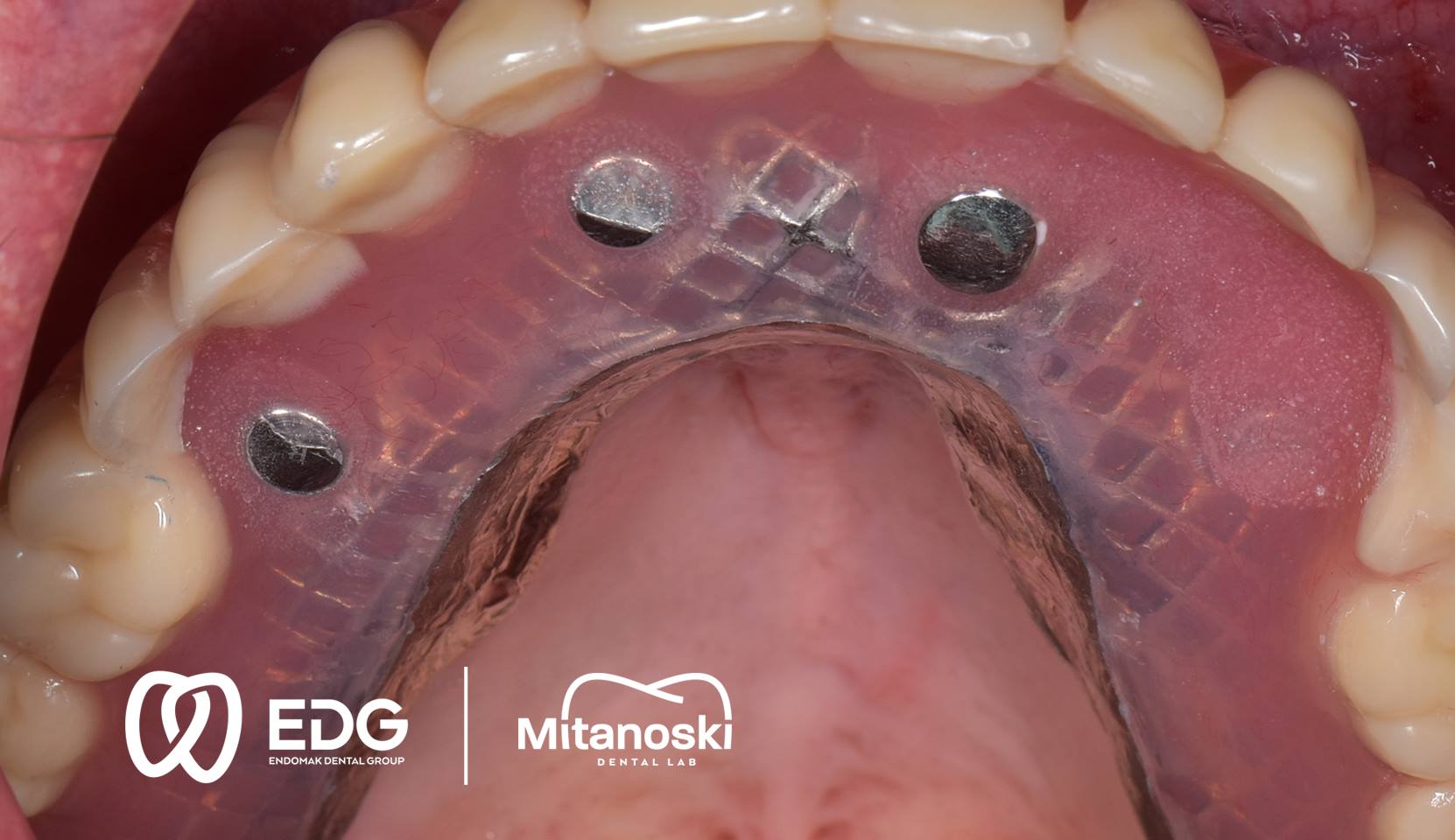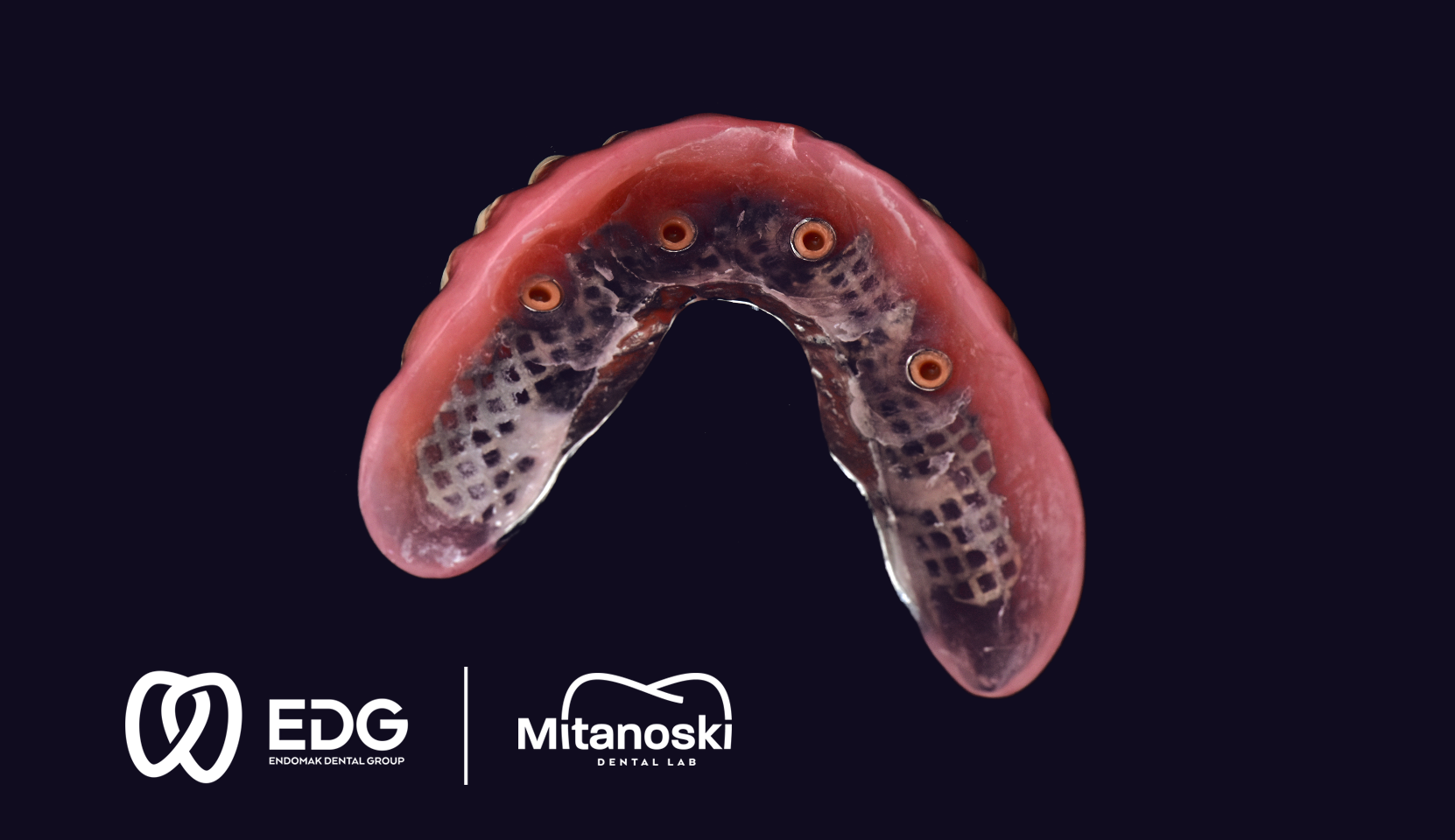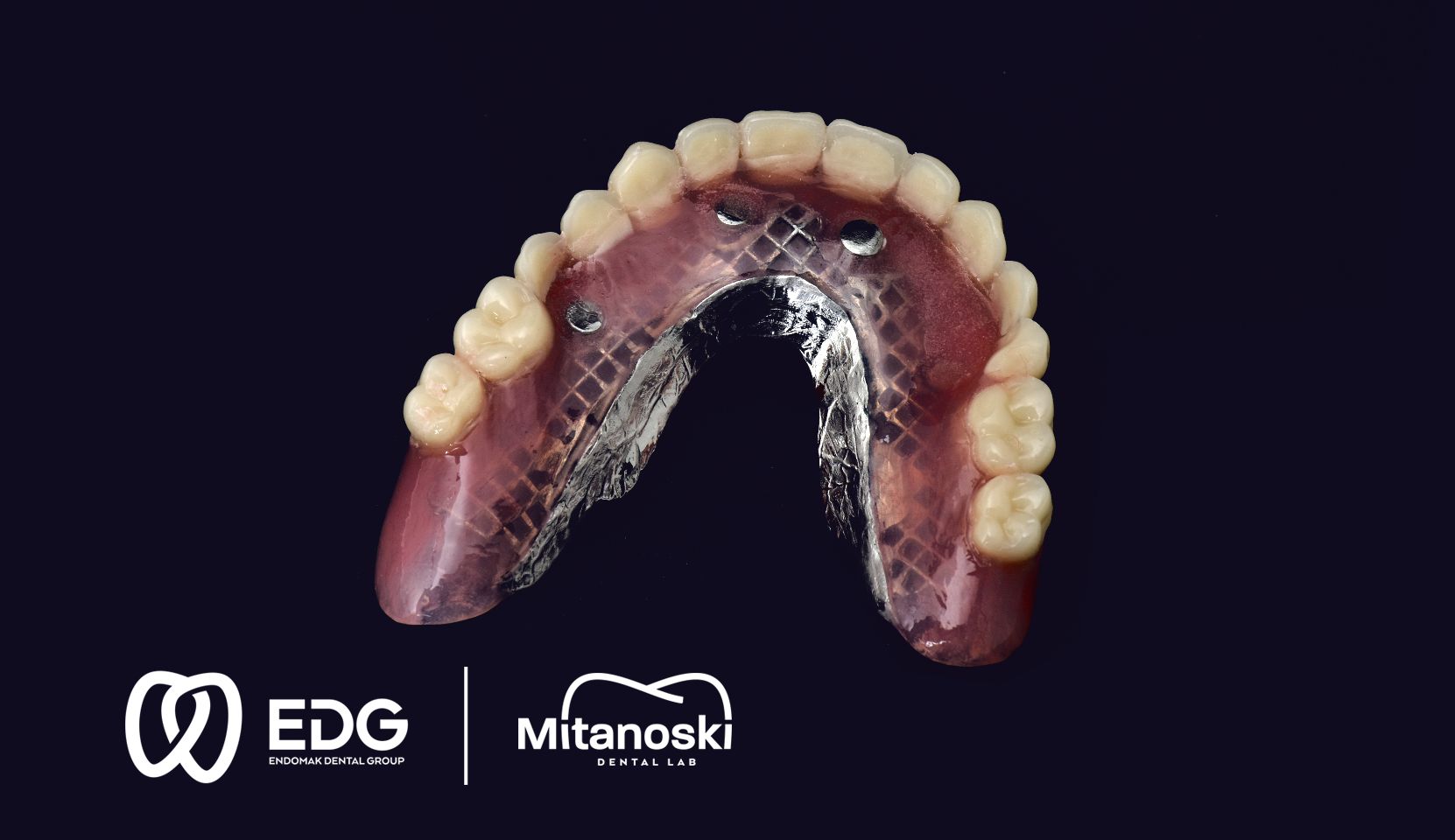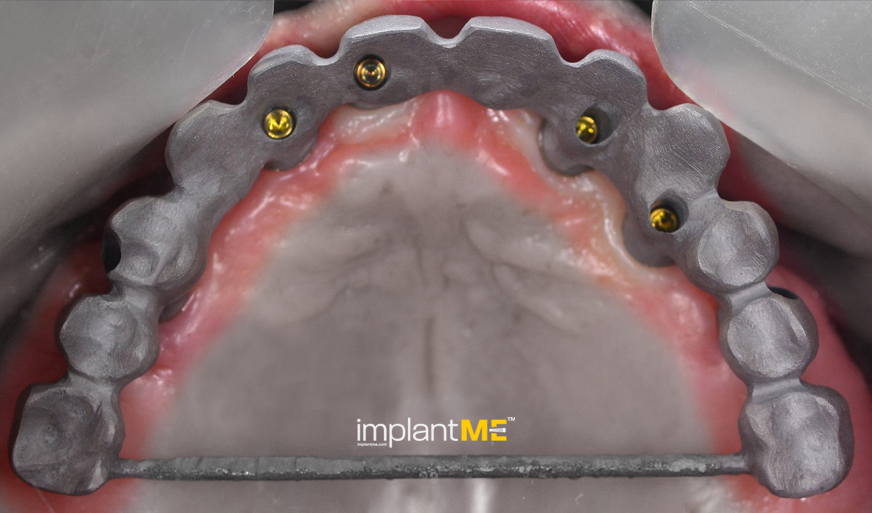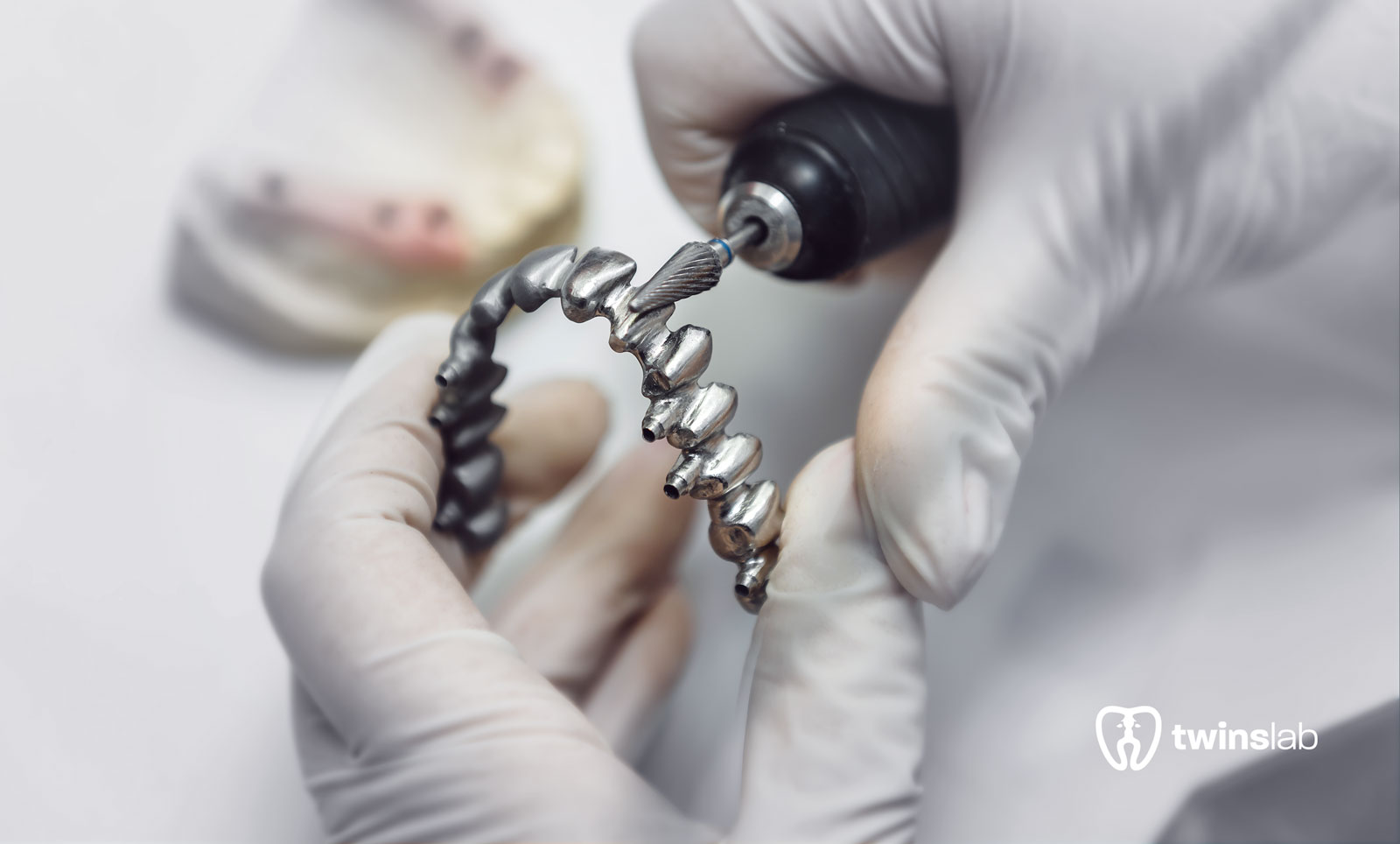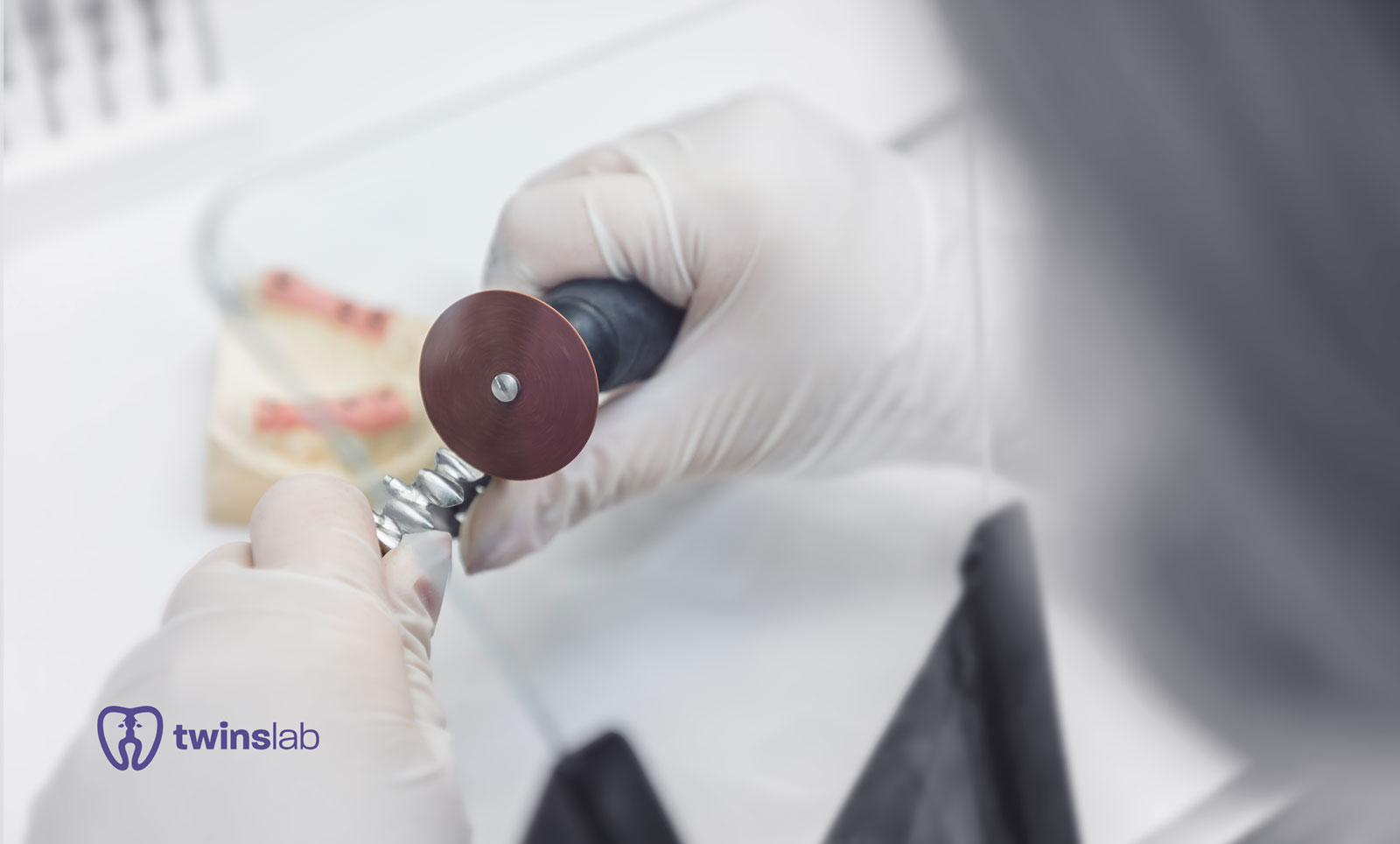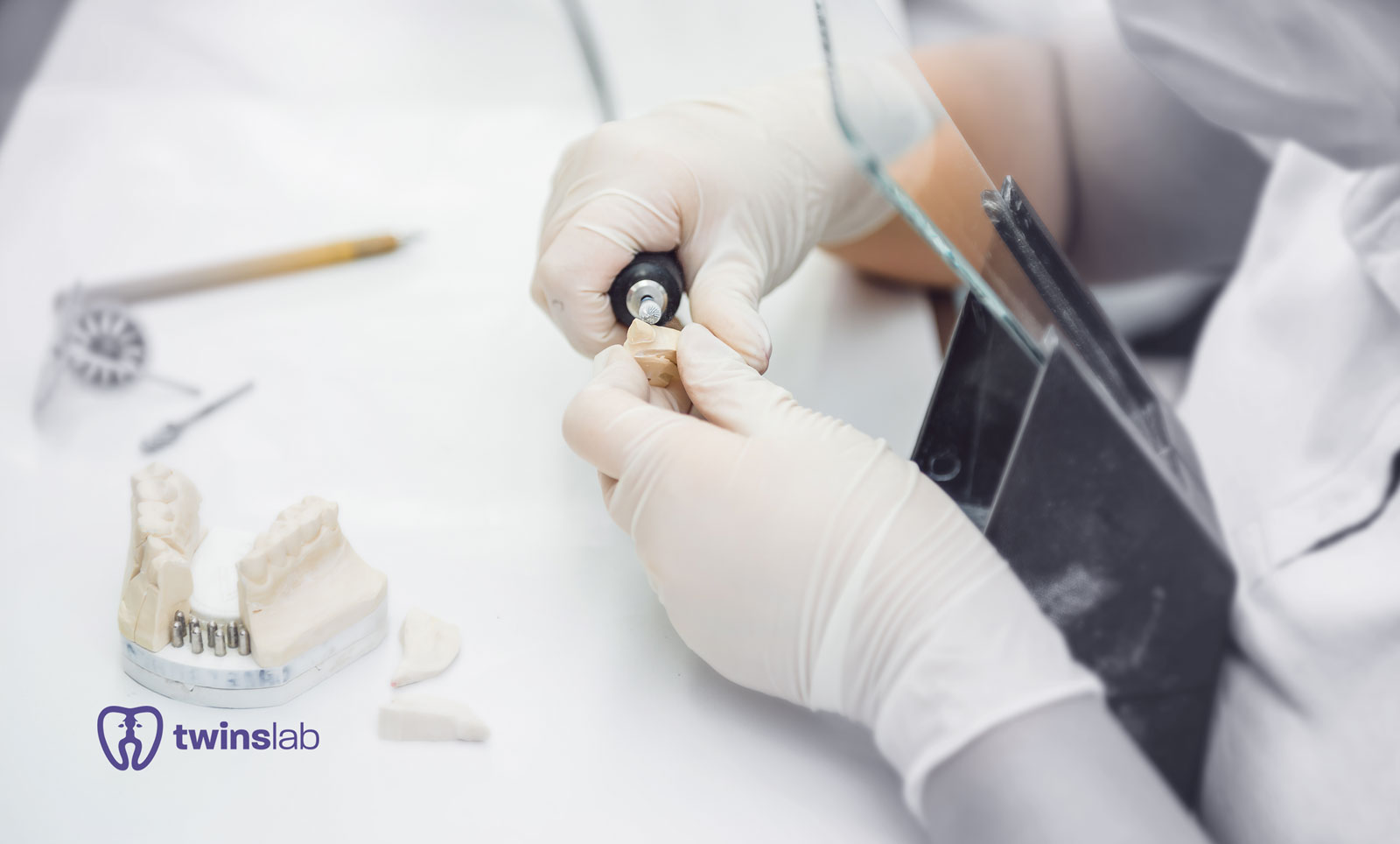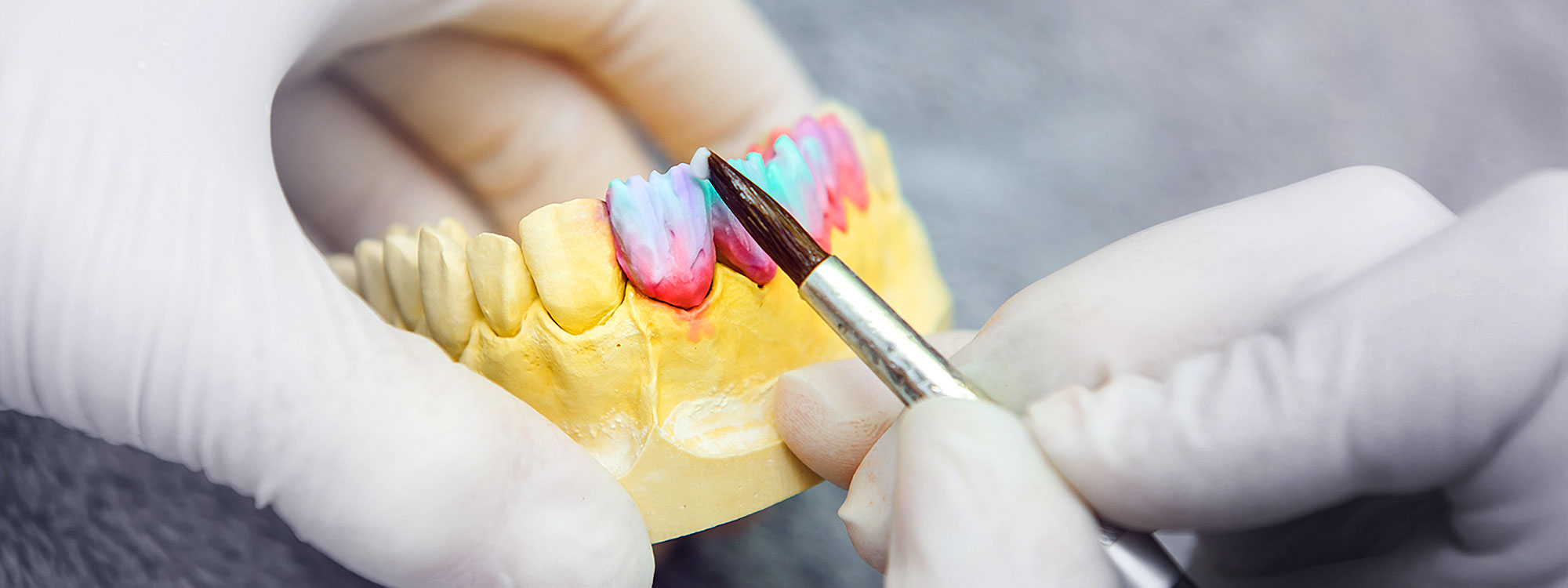
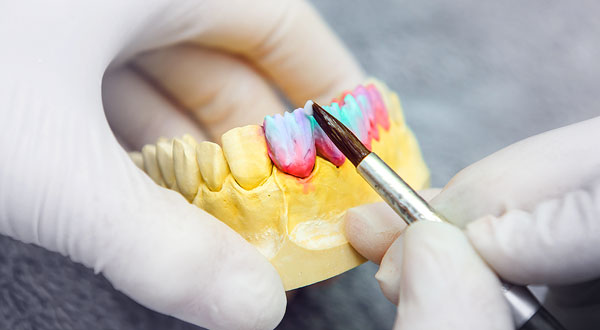
PROSTHODONTICS
If one or more teeth are missing, this does not just affect the appearance of the dentition but also its functionality. With the appropriate dental prosthetics it is easier to chew, talk and smile, and the bone resorption of the jaw is slowed down.
The loss of a tooth can be due to various reasons: caries, periodontitis or injuries and accidents. We offer our patients up-to-date care which brings in line aesthetic and functional standards and individual requirements. We insist on the inseparable connection between the form and function of dental prosthetics. Only functionally good work leads to good aesthetic results. For the selection and manufacture of the dental prosthesis, objective criteria play a part as well the patient type and the patient’s age. The complex prosthodontic reconstruction of the dentition requires a precise and extensive diagnosis before reconstructive measures can be started. To do this, a thorough medical anamnesis is necessary, as well as radiodiagnostics and the use of modern methods to exactly determine the position of the teeth and the movement of the temporomandibular (jaw) joint. For prosthodontic restoration, we use modern crown and bridge technology, partial and full prostheses and implants.
More information on
Range of Services
Prosthodontic restoration must meet functional as well as aesthetic requirements. We make a point of having the prosthetics fit into the remaining dentition without being distracting. At the same time, our aesthetic demands on prosthetic care are very high.




